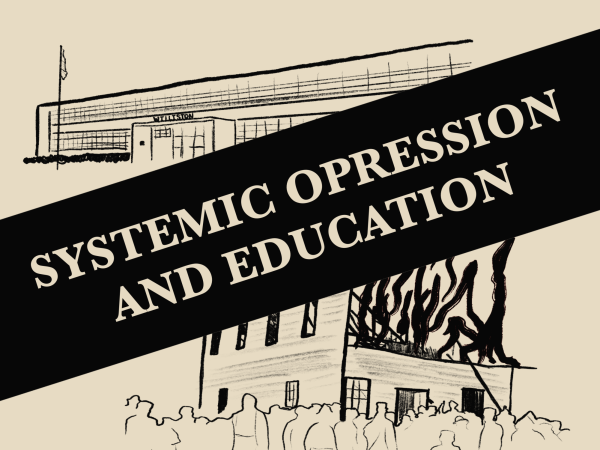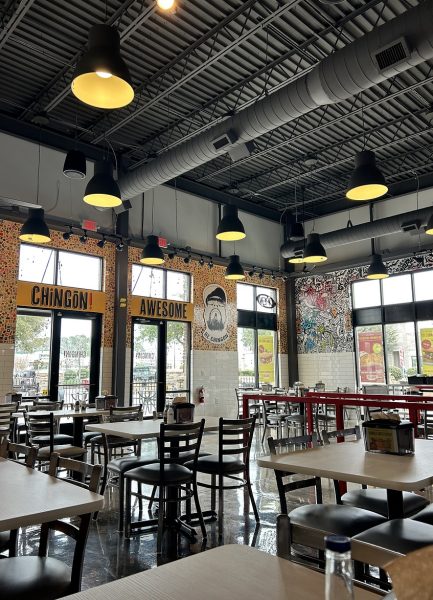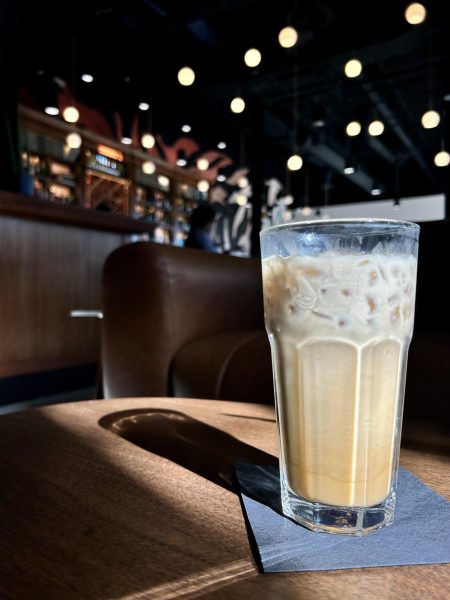Azalea Belles: beautiful tradition or controversial convention
We’re starting to see them again, dressed in hoop skirts, with curly hair, parasols, big bows and bonnets – this year’s North Carolina Azalea Belles.
Now a beloved icon of the famous southeastern Azalea Festival, the Azalea belle tradition is a much-hyped to-do for many local high school girls. The ritual began in 1969 after seven ladies dressed in hoop-skirted antebellum dresses for their Confederate Ball.
Most of the original seven were daughters of Cape Fear Garden Club members, the sponsor of the Azalea belles. More than 40 years later, the Azalea belle ensemble has grown tremendously from seven young ladies to over 100 high school girls.
“I do love historical traditions and especially a lot of the ones that are celebrated in the south, said Erin Carrico, a UNCW sophomore studying environmental science and French. “They’re extravagant and pretty and awesome. I kind of thought I owed it to Wilmington to do it, but I had fun at the same time.” Carrico was a belle during her junior year at Hoggard High School.
“Plus, I love sitting in the gardens,” Carrico said. “They were gorgeous. My favorite one was the Hospice garden.”
The girls are meant to serve as ambassadors for the festival – a great resume booster – and greet the guests of the gardens of the annual CFGC garden tour. Senior, junior and sophomore high schoolers can apply to be belles with the sponsorship of a garden club member.
“I wish I had the chance to do this when I was in high school,” said chair of the CFGC Azalea Belles, Cathy Poulos. “I just love the whole thing. I love parades, the festival atmosphere, and I just like celebration. What better way to celebrate than put on a nice dress?”
Essentially, that’s what it’s all about- the dress. The 2013 belles recently had their exciting and chaotic kick-off event- the selection and fitting of the dresses. The belles visit three talented local dressmakers to choose their antebellum wonders. Poulos said the intention of the extravagant style of the dress is that it will accent the beauty of the gardens. However, having been a belle myself, I know that the heavy fabric piled on top of that hoop skirt can make it pretty hard to navigate among the azaleas and garden decorations.
“For the most part, you really just kind of sit there and look pretty in the garden, but people still come up to you and talk to you,” said Carrico. “Every kid that comes up to you and talks to you wants to take a picture in your lap. The only problem is that I got kind of hot in my giant dark green dress. You could probably fit three people underneath my hoop skirt.”
I guess beauty is pain.
Don’t get me wrong, I love southern charm and tradition. But I can’t help but think, why are these girls, including myself as a previous Hoggard High School belle, still volunteering to be ornaments in a garden? Is it objectification? Aren’t we past the antebellum days of women as property?
“There is a beautiful side to women that all of us admire,” Poulos said. “There is nothing wrong with a woman being able to but on a beautiful dress and greet and be admired by the people around her. There is nothing that she should be ashamed of. We try to create an environment where they are not just standing and smiling, like interacting with children or getting some kind of meaningful experience.”
The belles are each assigned to an event, like going to the children’s tea party.
Most women love to get gussied up for a big event in order to celebrate their confidence and beauty and I’ll proudly admit, I did, too. It seems that this isn’t a women’s right issue until someone makes it one.
“Why bring up the women’s rights issues?” Carrico said. “The girls who do it are willing. It’s just a historical tradition. I don’t see any objectification in it, you feel pretty the whole time. Dressing up is just so much fun.”
It’s a Cinderella moment and a special opportunity for our area. For both Poulos and Carrico, it’s a chance to have some fun, add some color to the already impressive gardens, and go back in time a little. The current Azalea belle role has all the right intentions. The funds raised for garden tour tickets go to several institutions as grants, including UNCW and Cape Fear Community College.
But what about the role they are reenacting? A role from the South’s not-so-honorable history that was pretty much all about the institution of slavery. As a belle, being admired by children and garden tour visitors, I wondered if we were glorifying something unworthy of glorification.
UNCW history professor and Associate Dean of the College of Arts and Sciences, Kathleen Berkeley, finds the event “disturbingly doubling.”
“It’s a nostalgia reflection of the 1930s ‘Gone with the Wind’ culture versus antebellum culture,” said Berkeley. “The belle and plantation period is based on the institution of slavery. As a historian, it’s uncomfortable to me to act as if belles were pretty and enlightened and look at this past as if it’s so wonderful – that whole culture based on the institution of slavery. It’s an ironic attempt for the 21st century where we are post-racism.”
But, of course, the CFGC does not make this tradition an exclusive experience. Several African American belles have participated, both past and present.
“Every year we have diversity among the belles- we encourage that,” Poulos said. It’s not supposed to be a symbol for the old south. It’s supposed to be one of beauty and grace- a welcoming attitude. In no way are we supposed to associate the bad times. I think all those girls feel beautiful. They may be a lacrosse player or soccer player who may not get a chance to pay attention to dress every day. They get to put on the dress and pretend to be like Cinderella, but they’re not pretending to be an exclusive old south landowner.”
Carrico says that if she has a daughter one day, she will encourage her to participate in the tradition, despite the possibly controversial aspect.
“The racist aspect isn’t there until it’s brought up,” she said. “It has nothing to do with it. It’s like saying that if there is an Oktoberfest celebration, that there has to be controversial recognition of the Holocaust.”
Berkeley, a grandmother of a four-year-old girl who currently dreams of becoming a ballerina princess, understands the dress up “play” attraction.
“If this is fun for you, then go have that fun – I believe that it’s ok,” Berkeley said. “I have nothing against that dress fantasy. Play is good. But somewhere inside of me, the historian’s voice, hopes that they understand that they are portraying a myth. I guess I want them to think about that piece. Recognize that the play you’re beginning on is based on the institution of slavery. The play gets divorced from historical reality.”
So it really all depends on your perspective. But it doesn’t look like this community tradition – full of feminine grace, splendor and history – will be going anywhere anytime soon.
Most belles, like belle alumnus Carrico, look back on their time gratefully and with a smile.
“I did learn more about Wilmington doing it,” she said. “Now I know where gardens are that we can go to. It’s just nice to feel like a part of your town sometimes.”












Deandre Robbins • Mar 11, 2020 at 9:09 am
Why is there a picture/painting of a slave woman on the Azalea Fest art show page? Is this really what it represents?